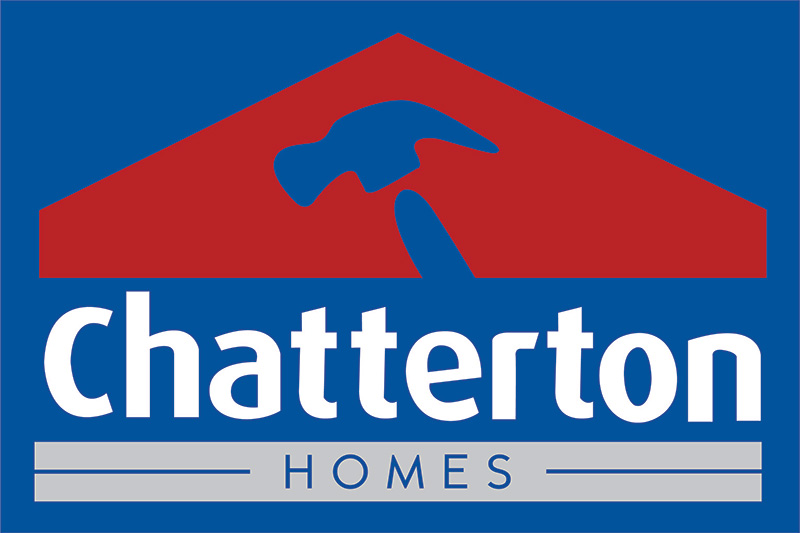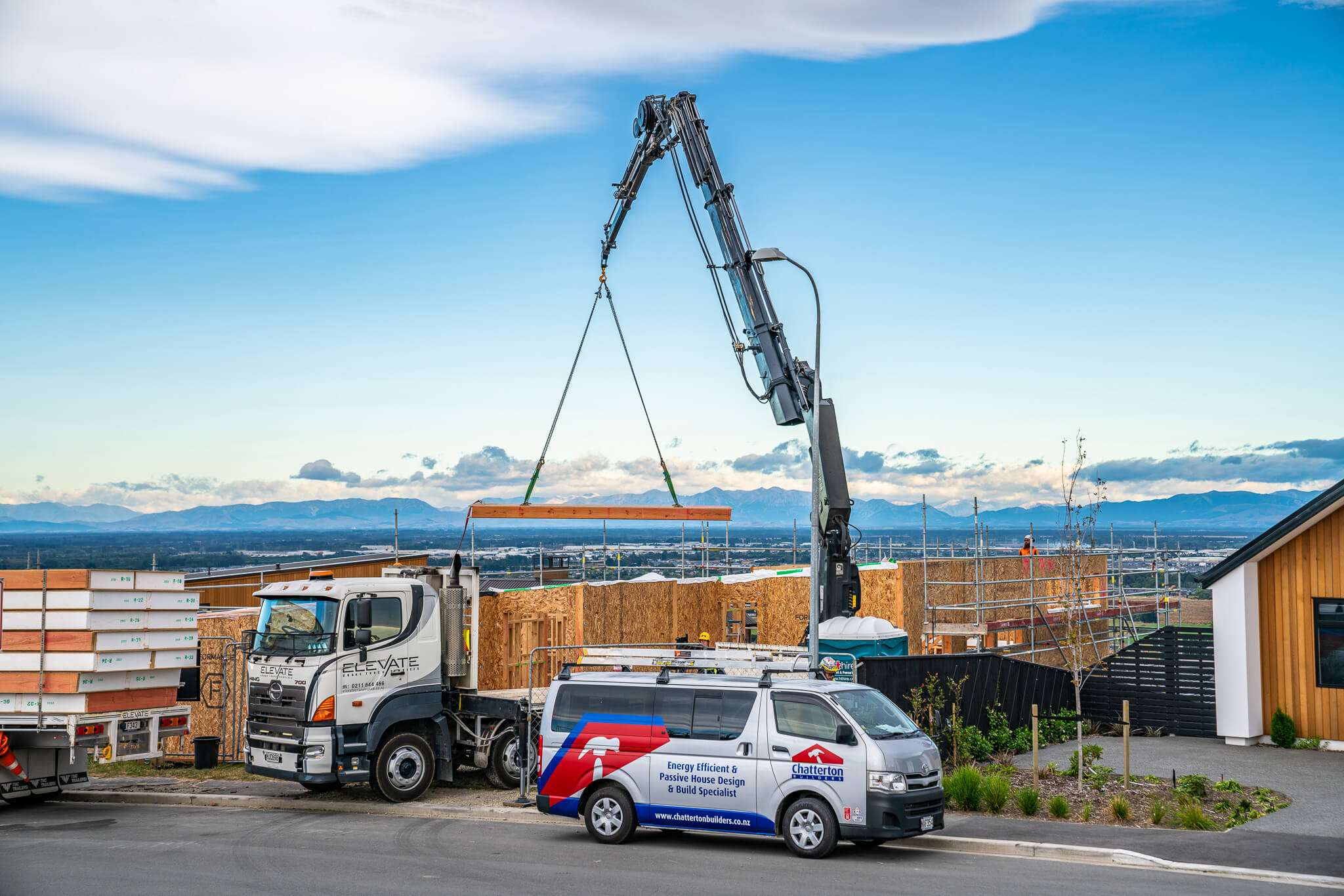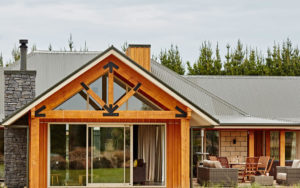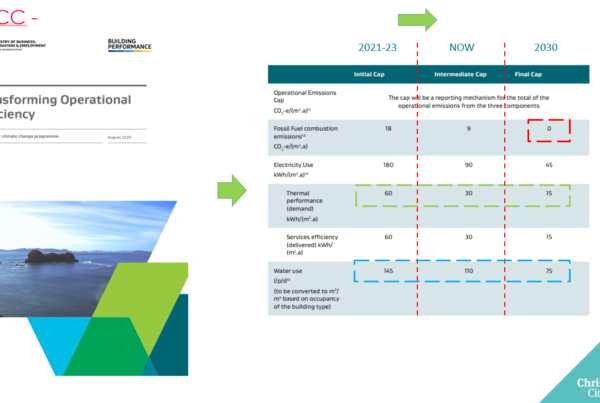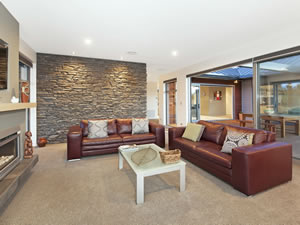A common oversight in the design build process is that of not establishing your ‘own’ priorities.
How do you know you are happy, if you never really understood what it was you wanted in the first place?
What can go wrong if you don’t?
A number of designs nationwide never get built, or the result disappointing, and a contributor to this, is unclear priorities. Among other things, it could lead to:
Massive cost over runs in the design and build process due to amendments to plans and materials, as your ideas and priorities are constantly changing. For example, are you willing to sacrifice the better thermal performance you thought you wanted for the high end features you now want in your new home in order to meet your budget? Or, is what it looks like (actually) more important to you personally, than what it feels like, and this is now seriously compromising the budget?
Soured relations. This can arise due to stress, uncertainty, ‘making do’, or constant amendments and the consequences of this.
A result you are far from happy with. This could stem directly from a lack of understanding of the real priorities at the design stage. For example, you are excited about building your first home. However, your budget is reasonably tight so you choose an existing plan from a plan range, and just tweak it. The home is new but it’s not ‘you’, it will do, but you are not excited about it. You wished you had got a design from scratch based on your budget, but importantly something you can be proud of that you really wanted.
How do you help avoid this?
Establish your priorities, honestly, before the design stage. Aim to understand them and importantly agree on them with your partner! 😊
When asked ‘what do you want in a home?’, most people immediately list ‘features’ they want in the house, for example, a timber weatherboard traditional style house, 4 bedrooms, a large kitchen, natural light, wooden floors etc. This is great, don’t get me wrong, but let’s also think beyond what the house looks like.
In other words, understand what is important to you and why. Here are a couple exercises to try:
-
- First list all the things that you ‘think’ are important. Then think about why each ‘thing’ is important to you.
Once you know the ‘why’, you might gain clarity about what factors are more important to you than others, and it may help to grade them (by importance to you).
Here are some examples:
- I want a warm home because I don’t want to come home each night to a cold house because it makes me feel ‘down’ rather than happy to be home.
- I want to build an amazing looking architectural home because I want to realise my dream of owning such a home because I have worked long and hard for this goal, and I am now in the position to realise that dream.
- I want a modest size home because I don’t need a big home, because it’s a waste of heating and time cleaning, because I spend too much money and time keeping it warm and clean instead of playing with my kids.
- I want a lot of big floor to ceiling windows, because I want to see the wonderful views every day because I invested in the section for the views.
- I want a healthy home because it’s good for my family because I can help provide a better environment for them to live in.
- I want a traditional villa style house because I love the style because I want to live in a house that I find beautiful because that makes me happy.
- I want a large cook’s kitchen because I love cooking because it’s a passion of mine and I love that I can share this passion with family & friends.
Using ourselves and our recent build as an example :
- We want a warm healthy home because we don’t like being cold, or being sick, because it frustrates us, especially as we have the opportunity, due to building innovations, to live better.
- We want a good connection to the outside because we are moving from a lifestyle block to the suburbs and we still want an outdoor feel because we love the outdoors and it makes us feel more relaxed and happy.
- We want a smaller home because we don’t need all the spare rooms, because it encourages our family to be separate, its wasted space and unnecessary time cleaning is required.
The priorities for our family appear to be linked to physical and emotional well being, in other words, having a house that allows us to be healthy, warm, and connect to both our family and our environment.
You will notice that there is a definite emotional element to many of the 7 examples above. Don’t underestimate the power of emotions. If you can understand this it is a whole lot easier to rationalise decisions, and balance the more black and white limitations such as budget, site or timelines, with those emotional elements, thus helping to manage any disappointment in what you can realistically achieve.
-
- Another exercise to identify possible priorities is to question why you are wanting to build at this time:
- Is your current house just not working for you and your family, and if so, why? Will solving these be a priority?
- Are your family getting sick as it is not a healthy home to live in? Is the homes performance your main driver, outweighing size or style?
- You have been saving and now feel you are in the financial position to build a home? Is budget going to be your main constraint to achieving your priorities, or is meeting your budget itself the main priority?
- You could not find the home you wanted on the market so decided to build instead? What was it you could not find that you had to have? Is this a priority, and where does it come on your priority list?
Communication
We have touched on establishing your priorities, but it means little if these are not communicated clearly to the right people, first off with your partner, and then your builder and designer!
The Takeaway
Establishing priorities assists in decisions and compromises. In most cases you will have more than one priority. You and your partner may well grade them, or have agreements ‘subject to’, but if they are agreed and understood by all parties, the smoother and more successful the design build process will be.
If you would like to follow our own design build journey, check out our blog series, or like our ‘Facebook’ page to be notified of future installments.
